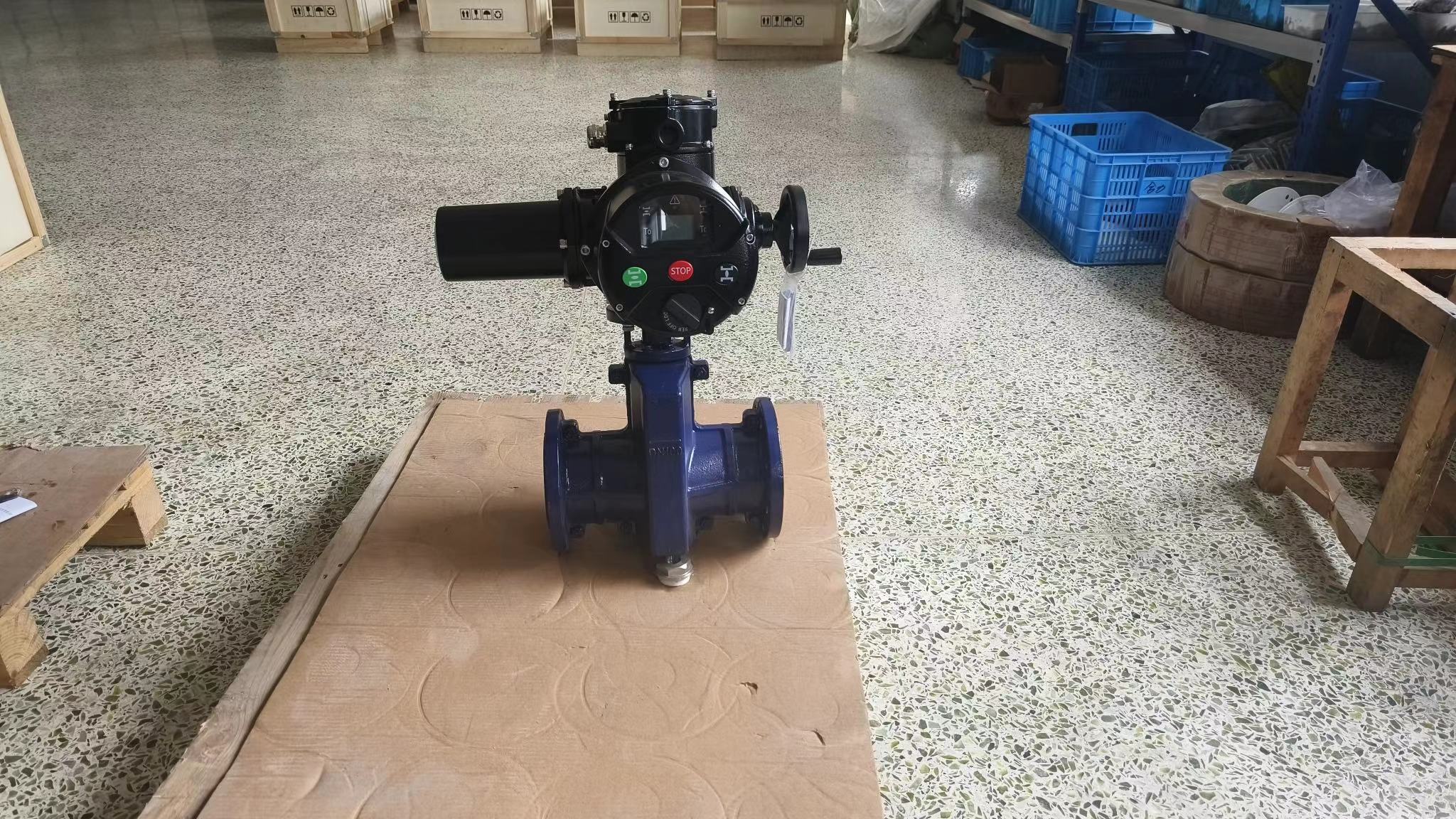the future of fluid control: hydrogen energy electric pinch valve
Release time:2024-12-06 01:45:27
As the world increasingly turns towards sustainable energy sources, hydrogen energy has emerged as a promising alternative to fossil fuels. Within this evolving landscape, the hydrogen energy electric pinch valve plays a crucial role in ensuring efficient and safe management of hydrogen flows. This article delves into the significance, functionality, and applications of hydrogen energy electric pinch valves in modern energy systems.

Understanding Hydrogen Energy Hydrogen energy is derived from the most abundant element in the universe. When hydrogen gas (H2) is used as a fuel, it generates electricity through a chemical reaction, emitting only water vapor as a byproduct. This clean energy source is pivotal in combating climate change and reducing greenhouse gas emissions. However, the efficient handling and transportation of hydrogen, especially in liquid form, pose significant challenges that must be addressed to fully harness its potential.
The Role of Electric Pinch Valves
Electric pinch valves are specialized devices designed to control the flow of fluids, particularly in applications where precise flow regulation is essential. Unlike traditional valves, which rely on mechanical parts to open and close, pinch valves utilize a flexible sleeve that can be pinched to stop flow or released to allow fluid to pass. This design minimizes contact between the fluid and the valve mechanism, making pinch valves particularly well-suited for handling corrosive or hazardous materials like hydrogen.

